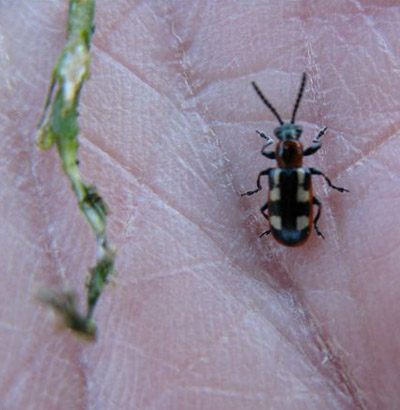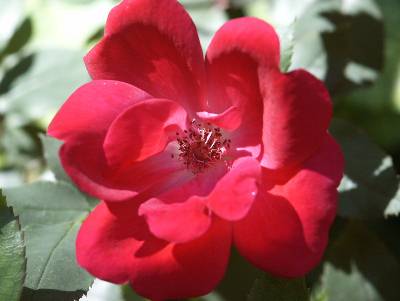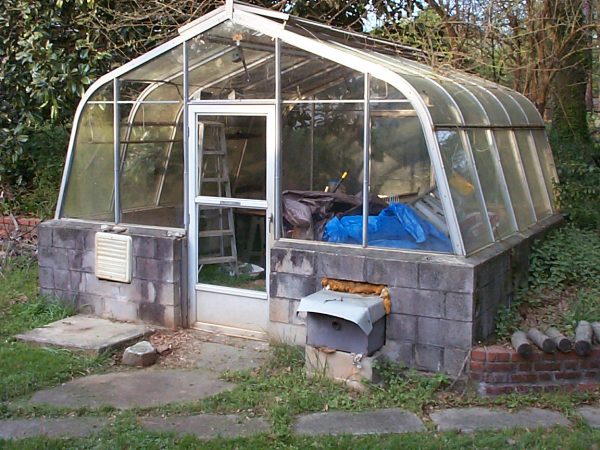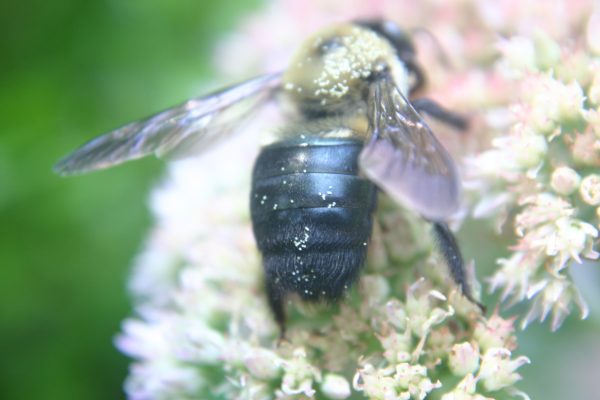Honey Bees – Fewer and Fewer Every Year
Q: I have been pruning ornamentals professionally for over twenty years. This time of the year the plants, especially the holly’s, are alive with bees. Over the past few years, I’ve seen fewer and fewer honey bees. The past two years there have been hardly any at all. What is going on, and what can be done? Isn’t this situation extremely bad for the environment?
A: Your observation is correct. The population of wild honeybees has been devastated during the last decade by tiny mites, which prevent the bees from breathing. Professional and hobby beekeepers have developed a few tricks to keep the mite problem under control but wild bees have no such allies. Many vegetables, fruits and berry-bearing shrubs depend on insect pollinators to transfer pollen between flowers. Ground bees, carpenter bees and bumblebees are reasonably good pollinators but they can’t completely fill the place of honeybees.
Dr. Keith Delaplane, Extension Entomologist, reminds us that to encourage pollinators you need to provide season-long forage for them. Following is a list of plants that feed pollinators and the months they bloom. These woody shrubs and perennial flowers can be combined in many ways to make an attractive, pollinator-friendly landscape.
February redbud
March Carolina jessamine
April ajuga, crimson clover
May schip laurel, Otto Leuyken laurel
June nandina
July bee balm, chaste tree, sunflower
August ^Verbena bonariensis^, butterfly bush, glossy abelia
September butterfly weed
October Mexican sage, pineapple sage
November aster
















